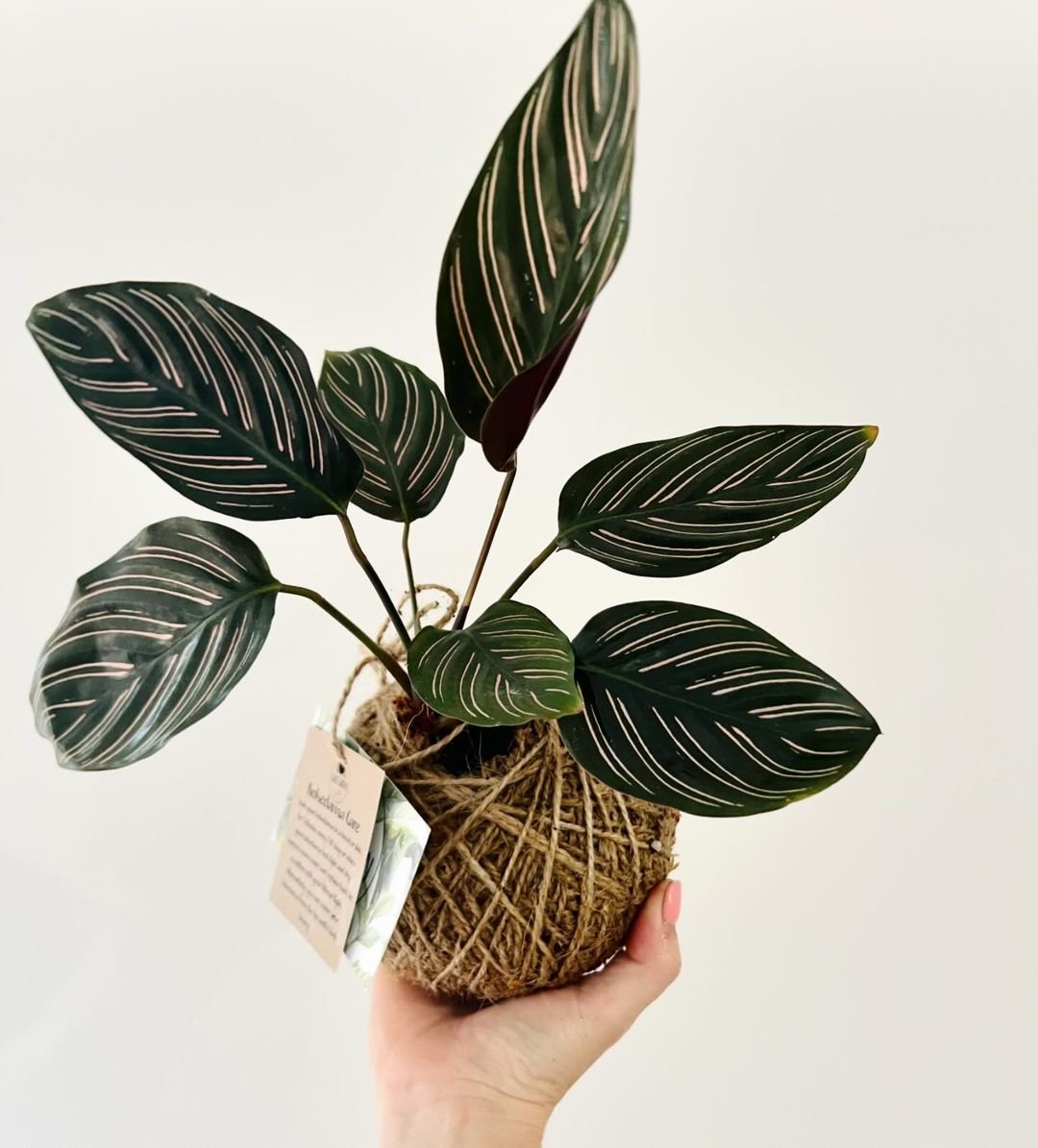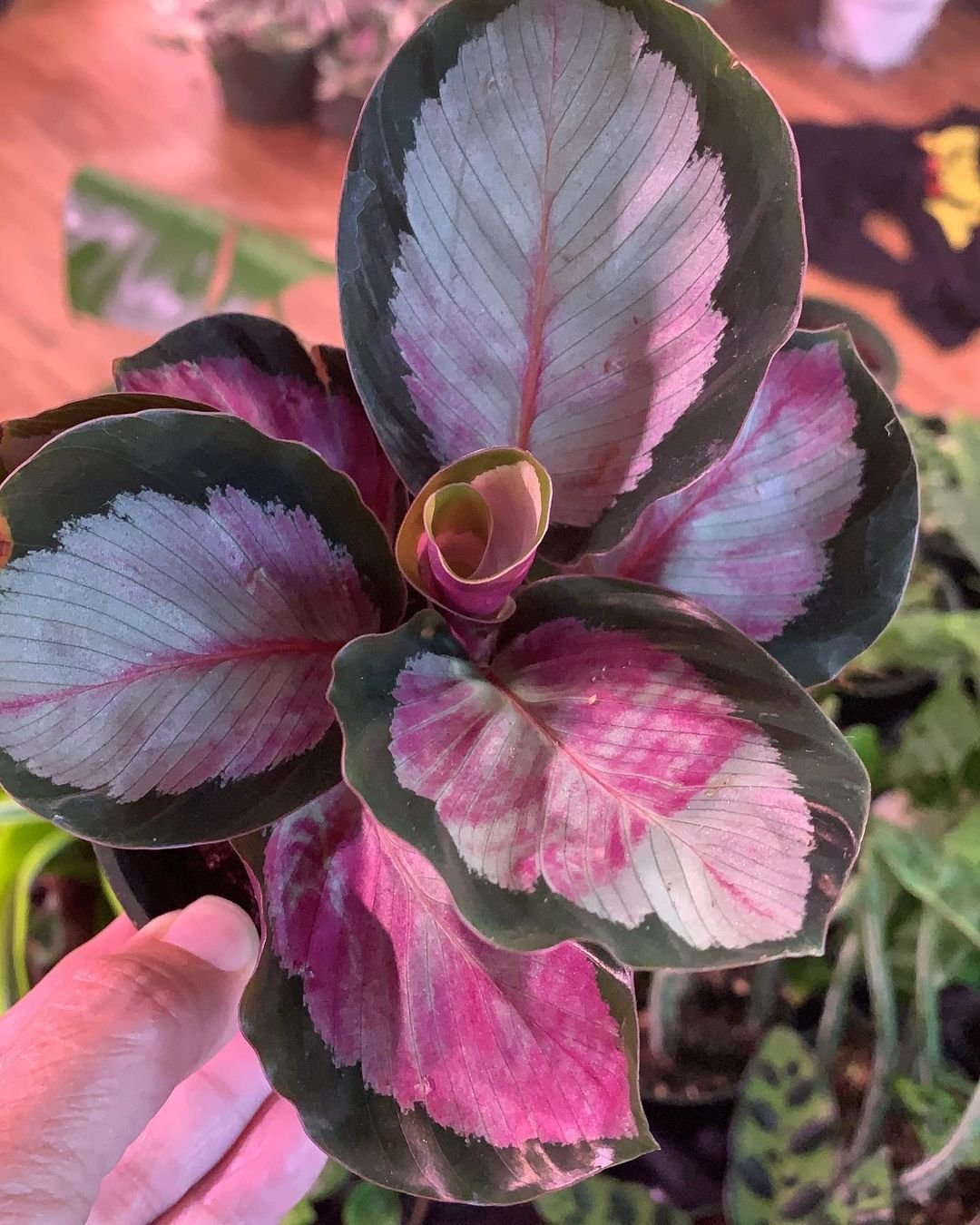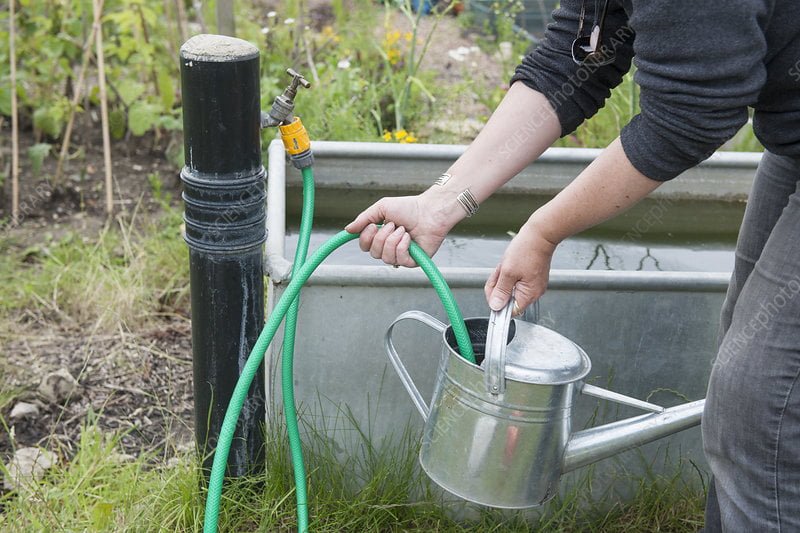Explore the vibrant world of Calathea Varieties with this comprehensive guide. Discover their unique characteristics, care tips, and how to incorporate these stunning plants into your home.
In the realm of indoor plants, Calatheas Varaeties stand out as true showstoppers. With their vibrant, patterned leaves and striking foliage, these tropical beauties have captured the hearts of plant enthusiasts worldwide. Whether you’re a seasoned green thumb or just starting your indoor gardening journey, calatheas offer a captivating array of varieties to explore.
This comprehensive guide will take you on a journey through the diverse world of calathea varieties, unveiling their unique characteristics, care requirements, and creative ways to incorporate them into your living spaces. Get ready to be mesmerized by the beauty and versatility of these exceptional plants.
Here’s a concise information chart about Calathea plants:
| Attribute | Information |
|---|---|
| Botanical Name | Calathea spp. |
| Plant Type | Perennial indoor plant |
| Zones | Typically grown indoors |
| Exposure | Indirect sunlight or partial shade |
| Height/Spread | Height: Up to 3 feet Spread: Up to 2 feet |
What is Calathea?

Calathea is a genus of plants belonging to the Marantaceae family, which is native to the tropical regions of Central and South America. These plants are prized for their striking, ornamental foliage, which often features intricate patterns, vibrant colors, and unique textures.
Calatheas are known for their ability to move their leaves in response to light, a phenomenon called “nyctinastic” movement. During the day, the leaves unfurl to maximize light exposure, and at night, they fold up or droop, conserving energy and moisture.
Popular Calathea Varieties
The world of calatheas is diverse and captivating, with numerous varieties to choose from. Here are some popular options to consider:
1. Calathea ornata (Pin-Stripe Calathea)

This variety is easily recognizable by its large, elongated leaves adorned with beautiful pink stripes on a deep green background. The undersides of the leaves feature a striking purple hue, adding depth and contrast.
2. Calathea lancifolia (Rattlesnake Plant)

The calathea lancifolia, also known as the rattlesnake plant, is a true showstopper. Its oblong leaves feature intricate patterns of dark green and light green, resembling the scales of a rattlesnake, making it a unique addition to any indoor space.
3. Calathea roseopicta (Rose-Painted Calathea)

As its name suggests, the calathea roseopicta boasts stunning rose-colored patterns on its large, oval leaves. The combination of deep green and vibrant pink hues creates a striking visual impact that is sure to captivate any plant lover.
4. Calathea makoyana (Peacock Plant)

The calathea makoyana, often referred to as the peacock plant, is a true stunner. Its elongated, oval leaves feature a mesmerizing array of colors, including shades of green, yellow, and pink, creating a feather-like pattern reminiscent of a peacock’s tail.
5. Calathea zebrina (Zebra Plant)

With its distinctive zebra-like stripes, the calathea zebrina is a true standout. Its large, oval leaves are adorned with alternating patterns of light and dark green, creating a bold and eye-catching display.
Caring for Calathea Varieties
While calatheas are known for their striking beauty, they do require specific care to thrive. Here are some essential tips to ensure the health and vitality of your calathea plants:
Light Requirements

Calatheas prefer bright, indirect light. Direct sunlight can scorch their delicate leaves, so it’s best to place them in an area with filtered or dappled light. East or north-facing windows are ideal locations for these tropical beauties.
Watering Needs

Proper watering is crucial for calatheas. They prefer consistently moist soil, but not waterlogged conditions. Water your plants when the top inch or two of soil feels dry to the touch. Avoid letting the soil dry out completely, as this can lead to wilting and leaf damage.
Humidity Levels

Calatheas thrive in high humidity environments, similar to their native tropical habitats. To maintain optimal humidity levels, consider using a humidifier, placing the plant on a pebble tray, or grouping it with other humidity-loving plants.
Temperature Range

Calatheas prefer warm temperatures, typically between 65°F and 80°F (18°C to 27°C). Avoid exposing them to drafts or sudden temperature changes, as this can cause stress and potential leaf damage.
Soil and Potting

Calatheas grow best in well-draining, nutrient-rich soil. A mixture of peat moss, perlite, and orchid bark can provide the ideal growing medium. Repot your calatheas every 1-2 years to refresh the soil and provide room for growth.
Fertilizing

During the growing season (spring and summer), feed your calatheas with a balanced, liquid fertilizer every 4-6 weeks. Avoid over-fertilizing, as this can lead to salt buildup and potential leaf damage.
Incorporating Calatheas into Your Home
Calatheas are versatile and can be incorporated into various indoor settings. Here are some ideas to inspire you:
Living Room Accents

Add a touch of tropical flair to your living room by placing calatheas on side tables, shelves, or in decorative planters. Their vibrant foliage will instantly elevate the ambiance and create a focal point.
Bathroom Oasis
Transform your bathroom into a lush, spa-like retreat by incorporating calatheas. Their love for humidity makes them the perfect choice for this environment.
Office Companions

Bring a touch of nature to your workspace by placing calatheas on your desk or in a nearby corner. Their presence can help reduce stress and improve air quality, creating a more pleasant and productive environment.
Bedroom Serenity

Calatheas can add a serene and calming atmosphere to your bedroom. Place them on nightstands or dressers for a touch of natural beauty that can enhance your overall sleep experience.
Troubleshooting Common Issues
While calatheas are generally resilient, they can sometimes encounter a few common issues. Here are some tips for addressing potential problems:
Curling or Crispy Leaves

If you notice your calathea’s leaves curling or becoming crispy, it could be a sign of low humidity, underwatering, or too much direct sunlight. Adjust the plant’s environment accordingly and increase humidity levels if needed.
Brown or Yellow Leaves

Brown or yellow leaves on your calathea can be caused by various factors, including overwatering, nutrient deficiencies, or low humidity. Check the soil moisture levels, adjust your watering schedule, and consider using a balanced fertilizer or increasing humidity.
Lack of Growth or Flowering
If your calathea is not producing new growth or failing to flower, it could be due to insufficient light, low temperatures, or improper watering. Ensure the plant is receiving adequate light and warmth, and adjust your watering schedule as needed.
Conclusion
Calathea varieties offer a captivating array of beauty and diversity, making them a must-have for any indoor plant enthusiast. By understanding their unique characteristics and providing the proper care, you can create a lush and vibrant indoor oasis that will bring joy and natural elegance to your living spaces.
Embrace the mesmerizing patterns, vibrant colors, and distinctive foliage of calatheas, and let them become the centerpieces of your indoor garden. With patience and attention, these tropical treasures will reward you with their stunning beauty for years to come.
Pingback: 15 Popular Types of Succulents for Your Garden -
Pingback: Mangaves: How to Grow Magnificent Agave Hybrids Successfully
Pingback: Unveiling the Enigmatic Black Rose: A Comprehensive Guide -
Pingback: Calathea Makoyana: How to Plant,Grow and Care for It Indoors
Pingback: 20 Types of Yucca Plants (With Pictures) -
Pingback: Growing Beans : A Complete Guide to Homegrown Goodness in Your Garden
Pingback: Calathea Roseopicta : Everything You Need to Know